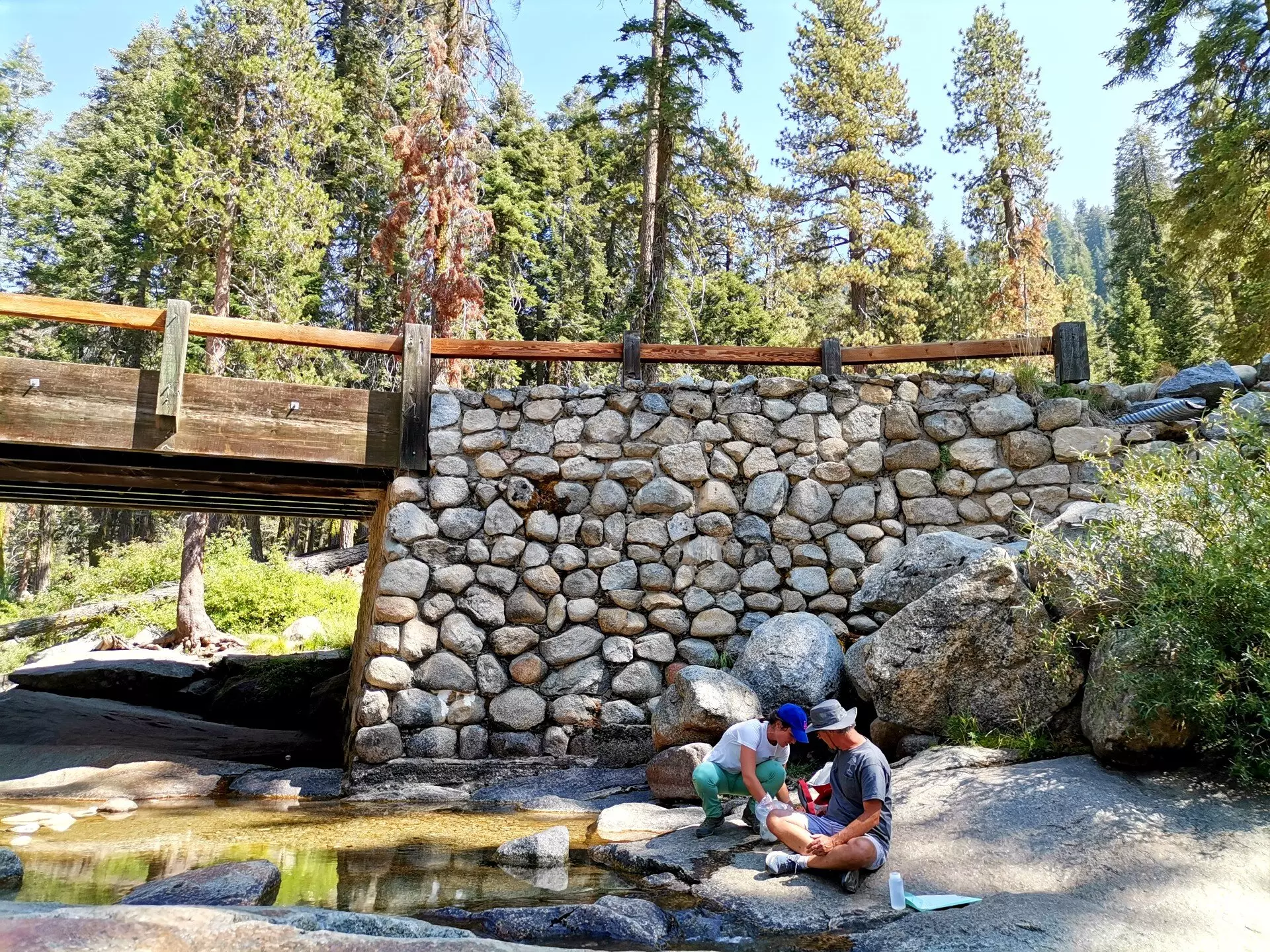California’s Central Valley, often dubbed “America’s breadbasket,” is under pressure—an unsustainable pressure that threatens its very lifeblood: groundwater. This region, a crucial hub for agricultural production, heavily relies on subterranean water sources, which make up an astonishing half of its irrigation needs according to recent research from the University of California, Riverside. While most focus on visible water sources like reservoirs, the significance of these hidden aquifers, often overlooked, is becoming increasingly clear.
New findings reveal that not only does the Central Valley depend on groundwater, but a substantial portion of this essential resource comes directly from the Sierra Nevada mountains. Groundwater is far more than a mere reserve; it’s a complex system akin to giant “bathtubs” filled with sediment and water, as described by Hoori Ajami, associate professor of groundwater hydrology. Understanding this interdependence is crucial for sustaining both the valley’s agricultural output and the wider ecosystem.
Revolutionizing Water Resource Management
The research led by UC Riverside marks a significant milestone in hydrology. For the first time, scientists have quantified the groundwater contribution from the Sierras, revealing that it could be as high as 53% in the southern Central Valley. This vital connection emphasizes a critical need for effective water management strategies. As Sandra Armengol points out, the connectivity between mountains and valley aquifers is profound, with the potential for aquifers in the Sierras to discharge directly into their valley counterparts.
To grasp this intricate relationship, researchers employed an elaborate methodology that included analyzing water samples from both regions. By examining chemical signatures—levels of calcium, sodium, sulfates, and various isotopes—they were able to trace the origin and age of the water. Ensuing revelations indicated an alarming mix of water ages, suggesting that some of it is relatively new, while others date back over 40,000 years. These findings raise a critical alarm: the water isn’t just finite; its replenishment takes eons, making it irreplaceable.
A Drought’s Devastating Impact
The threat posed by prolonged droughts, especially from 2012 to 2016, cannot be understated. Excessive groundwater pumping led to substantial land subsidence, damaging crucial infrastructure such as dams and canals. In 2014, efforts were made to combat this crisis when former Governor Jerry Brown enacted the Sustainable Groundwater Management Act (SGMA), mandating the creation of comprehensive groundwater sustainability plans for critically overdrafted basins. While this was a needed step, the approach must evolve further if we are to ensure the longevity of our water resources.
Ajami astutely compares understanding an aquifer’s sustainable pumping rate to managing a bank account: your expenditures must align with your earnings. As it stands, the rates at which we extract groundwater are far too high, and the need for rigorous studies into water recharge rates has never been more urgent.
The Road Ahead: A Call for Enhanced Studies
There is an inherent paradox. The very source of life for California’s agricultural backbone is ephemeral, hidden beneath layers of rock and sediment, thus complicating its management. Without robust data on how much groundwater is recharging, how can effective policies be formulated? Armengol stresses that further research into groundwater supply and recharge rates is not just desirable but essential for fostering an environment of sustainable water management.
The implications of inadequate groundwater resources stretch beyond farming; they touch on ecological health and long-term environmental viability. With climate change exacerbating drought conditions and altering precipitation patterns, the fight for California’s water will only intensify. As the study’s findings filter into public policy and local practices, it becomes imperative that stakeholders—from farmers to lawmakers—recognize and act upon these newfound insights.
In sum, these revelations should spark a revolution in how we perceive and manage groundwater in California. The interconnectedness of the Sierra Nevadas and the Central Valley requires not just awareness, but aggressive, thoughtful action aimed at preserving this vital resource for future generations. The time has come to widen our focus from above-ground reservoirs to the unseen treasures within our earth, ensuring that America’s breadbasket does not dry up.


Leave a Reply